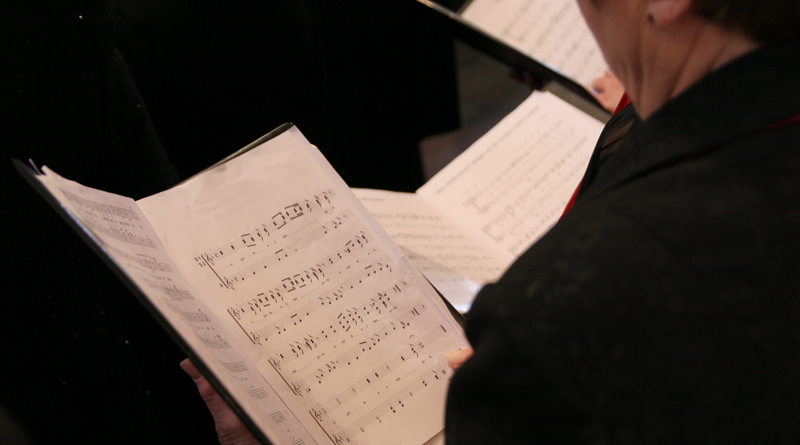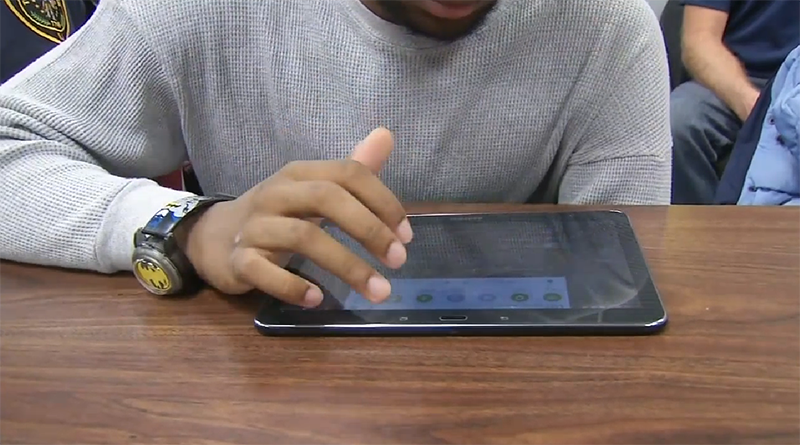
Can Hearing Test ID Autism?
Researchers have found that an inner ear deficiency in children with autism may affect their ability to recognize speech. These findings may be useful as a way to possibly diagnose children at an earlier age.
Anne Luebke, Ph.D., an associate professor in the University of Rochester Medical center Departments of Biomedical Engineering and Neuroscience and co-author of the study, says that the study identifies a simple, safe, and non-invasive way to screen children for hearing deficits associated with autism. “This technique may provide clinicians a new window into the disorder and enable us to intervene earlier and help achieve optimal outcomes.”
It is known that autism is characterized by impairments in social-communication skills. And while signs of autism may be shown before age two, a majority of children are not diagnosed until after age four, delaying the potential impact of corrective therapies.
One of the challenges in detecting autism early is finding ways to identify children at risk for the condition sooner and in kids with speech delays. While some of the earliest signs of autism involve auditory communication, tests that rely on speech can be ineffective in younger children or children who simply have communication delays.
In the new study, researchers use a technique that measures otoacoustic emissions—sounds of cochlear origin which can be recorded by a small microphone placed inside the ear canal. The sounds are caused by the motion of cochlea’s sensory hair cells’ energetic response to auditory stimulation. The microphone can detect minute sound emission made by inner ear outer hair cells in response to certain tones or clicking sounds. The device will fail to detect an emission if the cells do not function properly, meaning the inner ear is impaired.
The researchers tested the hearing of children between the age of six and seventeen, with close to half of them being diagnosed with autism. It was found that the hearing of those with autism had hearing difficulty win the frequency of 1-2 kHZ, an important frequency for speech processing. There was also a correlation between the degree of inner ear impairment and the severity of the autism symptoms.
Loisa Bennetto, Ph.D., an associate professor at the University of Rochester Department of Clinical and Social Sciences in psychology and co-author of the study, states that while there is no relation between hearing impairments and autism, difficulty in processing speech and sound may contribute to some of the primary symptoms in the condition. The early detection can not only assist in the diagnosis and intervention efficiently, but the findings can also inform the development of approaches to correct auditory impairment with devices such as hearing aids to improve the possible range of processed sound.
Mike Nickas received his Bachelor of Arts in Film and Multimedia Studies at Florida Atlantic University in December of 2015, and is currently pursuing his second BA at the University of South Florida in psychology with a minor in education. He is the former host of the online news show The Week in Neurodiversity. He also currently works for Dr. Mike Rizzo’s Child Provider Specialists in Weston, FL.




